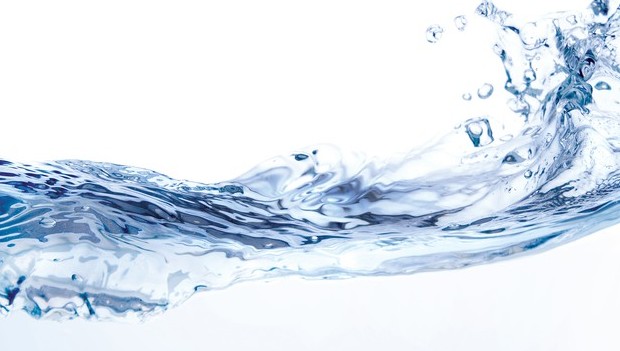3D technology has finally hit the water projects. From desalination of water, recycling water bottles, or detecting corrosions in water pipes through 3D scanners, this technology is being used in all these services with an effort to reduce costs and improve the technology.
The Sheffield water centre is working with the University of Sheffield to research and discover solutions for water treatment related issues. In a recent finding by Frost & Sullivan entitled “Blurring Boundary Lines—The Emergence of 3D Printing in the Water and Wastewater Industry,” Research is being carried out to find out how water gets purified in the smart cities all around the globe. As per further findings, it was analysed that though 3D printing is being used in the developing countries, this progress is definitely slow.
The 3D printed membrane technology is gaining popularity in the US. Conwed, a US company engaged in areas like filtration and reverses osmosis, is responsible for the innovation of 3D printed feed spacers.
3D printing can play a vital role in the areas of pumps and water systems, leading to the production of hi-tech components at low costs. This technology of 3D print can be applied to many areas like hand pumps, groundwater filters, and even portable toilets, but research has to be done to validate a technology that can be applied for consistent use.
The potential use of 3D printing for the water industry in poor and developing countries could bring about major breakthroughs in solving critical water issues in these nations.
Source: 3dprint.com
